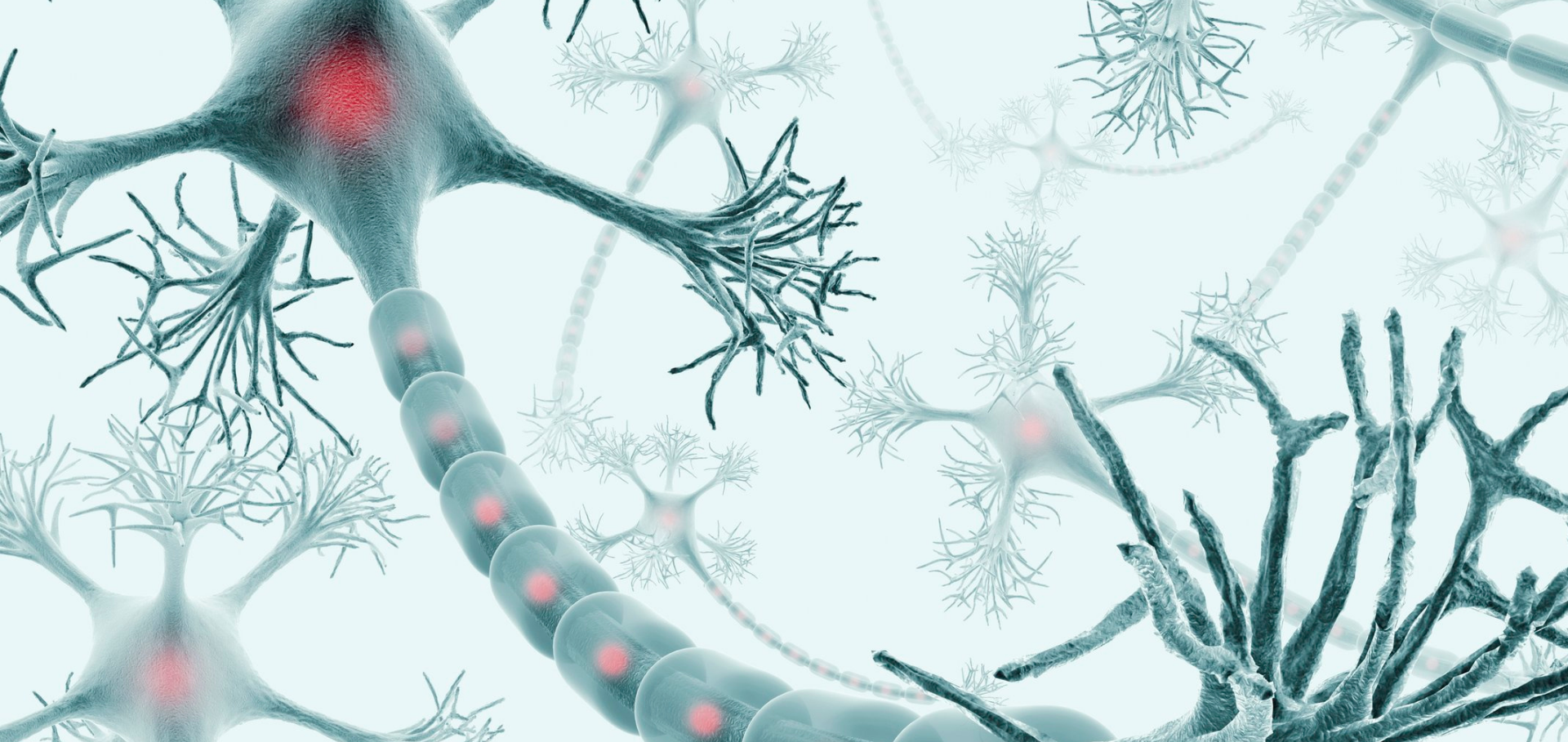Victoria Bouchè, Giovanni Aldegheri, Carmine Antonio Donofrio, Antonio Fioravanti, Samuel Roberts-Thomson, Stephen B. Fox, Francesco Schettini and Daniele Generali
BRAF Signaling Inhibition in Glioblastoma: Which Clinical Perspectives?
Frontiers in Oncology (2021)
Affiliations:
Department of Medicine, Surgery and Health Sciences, Cattinara Hospital, University of Trieste, Trieste, Italy,
Department of Neurosurgery, Manchester Centre for Clinical Neurosciences, Salford Royal National Health System (NHS), Foundation Trust, Manchester Academic Health Sciences Centre, University of Manchester, Manchester, United Kingdom,
Medical Oncology and Translational Research Unit, Azienda Socio-Sanitaria Territoriale (ASST) of Cremona, Cremona Hospital,
Cremona, Italy,
Department of Pathology, Royal Melbourne Hospital, Parkville, VIC, Australia,
Department of Pathology, Peter MacCallum Cancer Centre, The University of Melbourne, Melbourne, VIC, Australia,
Translational Genomics and Targeted Therapies in Solid Tumors Group, August Pi I Sunyer Biomedical Research Institute (IDIBAPS), Barcelona, Spain,
Department of Medical Oncology, Hospital Clinic of Barcelona, Barcelona, Spain,
Unit of Neurosurgery, Azienda SocioSanitaria Territoriale (ASST) of Cremona, Cremona Hospital, Cremona, Italy
IDH-wild type (wt) glioblastoma (GB) accounts for approximately 90% of all GB and has a poor outcome. Surgery and adjuvant therapy with temozolomide and radiotherapy is the main therapeutic approach. Unfortunately, after relapse and progression, which occurs in most cases, there are very limited therapeutic options available. BRAF which plays a role in the oncogenesis of several malignant tumors, is also involved in a small proportion of IDH-wt GB.
Previous successes with anti-B-Raf targeted therapy in tumors with V600E BRAF mutation like melanoma, combined with the poor prognosis and paucity of therapeutic options for GB patients is leading to a growing interest in the potential efficacy of this approach. This review is thus focused on dissecting the state of the art and future perspectives on BRAF pathway inhibition in IDH-wt GB. Overall, clinical efficacy is mostly described within case reports and umbrella trials, with promising but still insufficient results to draw more definitive conclusions.
Further studies are needed to better define the molecular and phenotypic features that predict for a favorable response to treatment. In addition, limitations of B-Raf-inhibitors, in monotherapy or in combination with other therapeutic partners, to penetrate the bloodbrain barrier and the development of acquired resistance mechanisms responsible for tumor progression need to be addressed.
Keywords
glioblastoma, BRAF V600E, targeted therapy, BRAF-inhibitors, MEK-inhibitors, IDH, epithelioid glioblastoma

